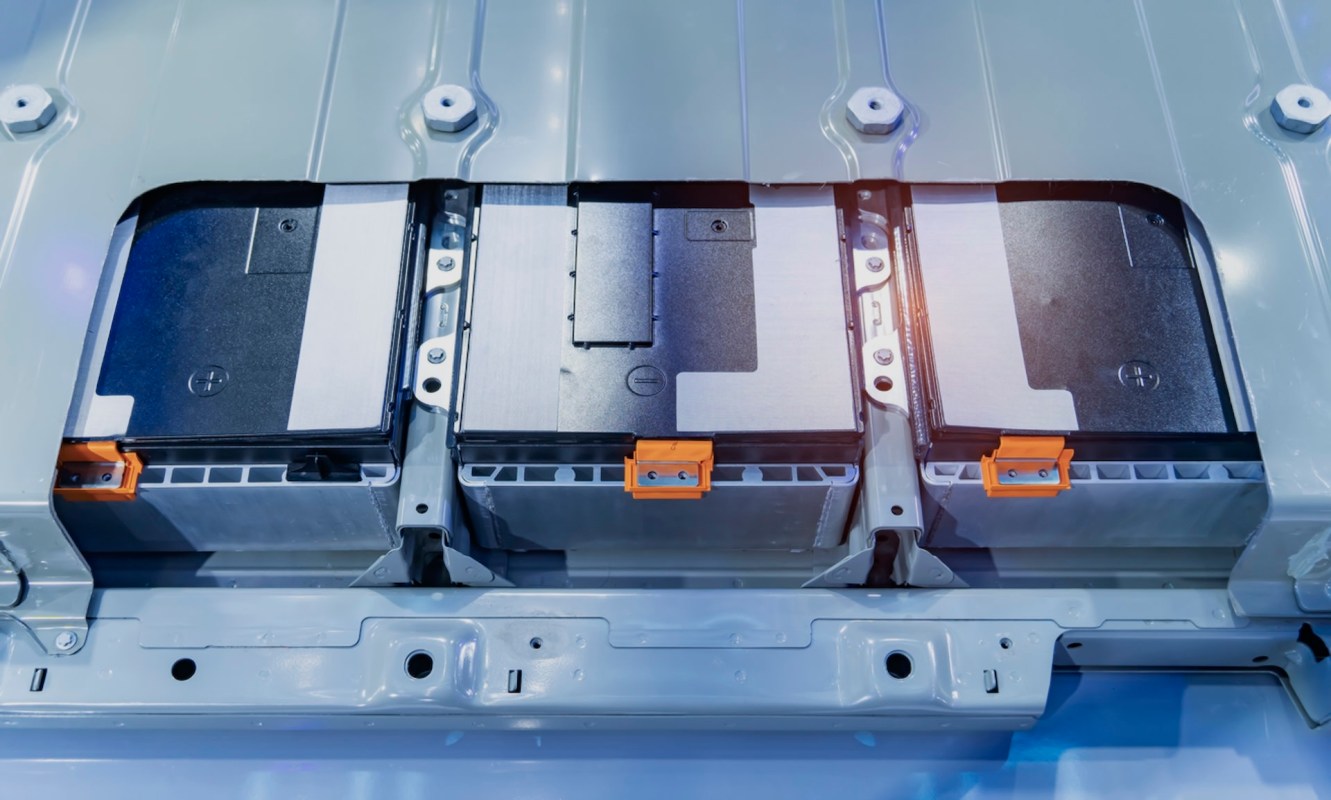The secret to a reliable, five-minute electric vehicle quick-charge might be a silvery-white metal called indium.
Experts at Cornell University reported that battery anodes made from the metal can provide better chemistry inside the power packs, which means faster charge times. The team is hopeful that what it has learned from researching the unique metal will open the door for big battery innovations in coming years.
The research is being completed with the goal of eliminating "range anxiety" for EV drivers who fear running out of juice during a trip. The lab report from Cornell — detailing a battery that can be charged in about the time it takes to microwave a TV dinner — could help to propel the already growing EV market to further expansion.
"If you can charge an EV battery in five minutes, I mean, gosh, you don't need to have a battery that's big enough for a 300-mile range. You can settle for less, which could reduce the cost of EVs, enabling wider adoption," professor Lynden Archer, who oversaw the research, said in the report.
In common lithium-ion batteries, ions travel between the anode and cathode as the power pack charges and discharges in a substance called electrolyte. Batteries can have either a solid or liquid electrolyte. Anodes are made from various materials, including graphite (most common) and silicon, among others.
Researchers at companies and universities around the planet are trying to figure out the best mix of materials to produce a low-cost, highly efficient battery that offers stability, safety, long life, great range — and anxiety-reducing fast charges.
The latter point is of key concern for the Cornell team, and it feels indium can provide the solution.
"Range anxiety is a greater barrier to electrification in transportation than any of the other barriers, like cost and capability of batteries, and we have identified a pathway to eliminate it using rational electrode designs," Archer said.
Part of the science, which is described about as technically as you'd expect from a research summary, involves the "kinetics of electrochemical reactions." Indium anodes can be partnered with cathodes made from "various" materials. Packs with the new anode material can charge quickly and discharge slowly. Fascinatingly, the experts envision a future in which batteries of this type can recharge as a car drives over special lanes with charging strips embedded in the surface.
That vision is a ways down the road, as more research needs to be completed on indium, or perhaps even better-suited materials yet to be discovered. Indium is heavy, according to the report, which impacts its practical viability for widespread use.
"Are there metal alloys out there that we've never studied, which have the desired characteristics? That is where my satisfaction comes from, that there's a general principle at work that allows anyone to design a better battery anode that achieves faster charge rates than the state-of-the-art technology," Archer said.
Join our free newsletter for weekly updates on the coolest innovations improving our lives and saving our planet.









